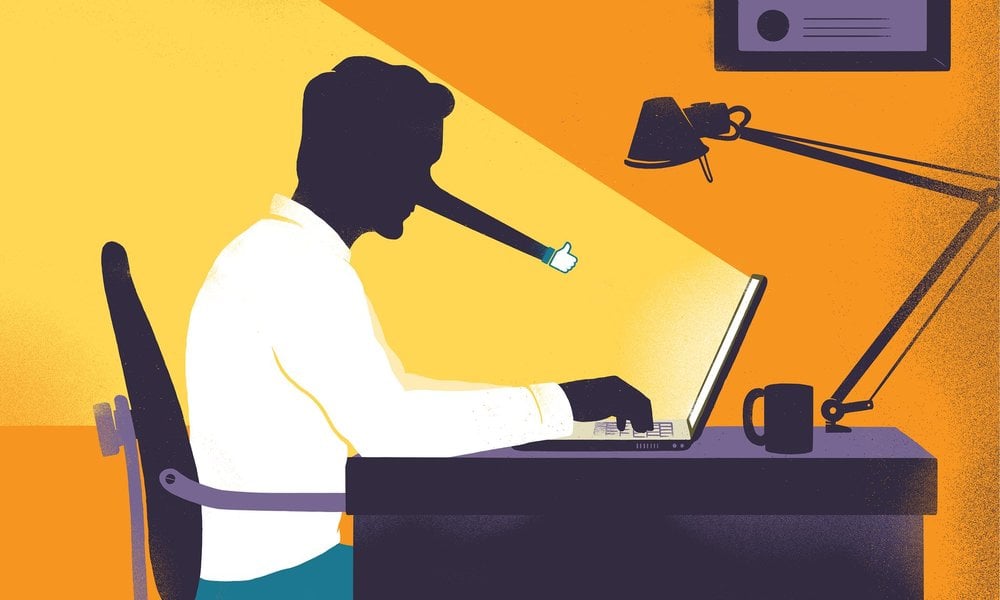An alarming number of people rely *solely* on a Social Media network for news
Note the stats from Pew Research Center for Journalism and Media, that 64% of users surveyed rely on just one source alone of social media for news content—i.e. Facebook, Twitter, YouTube, etc, while 26% would check only two sources, and 10% three or more: A staggeringly concerning trend, given the rampant personalisation of these screen environments and what we know about the functioning and reinforcement of The Filter Bubble. This is a centralisation of power and lack of diversity and compare/contrast that the “old media” perhaps could only dream of…
 From The Huffington Post:
From The Huffington Post:
“It’s easy to believe you’re getting diverse perspectives when you see stories on Facebook. You’re connected not just to many of your friends, but also to friends of friends, interesting celebrities and publications you “like.”
But Facebook shows you what it thinks you’ll be interested in. The social network pays attention to what you interact with, what your friends share and comment on, and overall reactions to a piece of content, lumping all of these factors into an algorithm that serves you items you’re likely to engage with. It’s a simple matter of business: Facebook wants you coming back, so it wants to show you things you’ll enjoy.”
BBC also reported earlier this year that Social Media networks outstripped television as the news source for young people (emphasis added):
“Of the 18-to-24-year-olds surveyed, 28% cited social media as their main news source, compared with 24% for TV.
The Reuters Institute for the Study of Journalism research also suggests 51% of people with online access use social media as a news source. Facebook and other social media outlets have moved beyond being “places of news discovery” to become the place people consume their news, it suggests.
The study found Facebook was the most common source—used by 44% of all those surveyed—to watch, share and comment on news. Next came YouTube on 19%, with Twitter on 10%. Apple News accounted for 4% in the US and 3% in the UK, while messaging app Snapchat was used by just 1% or less in most countries.
According to the survey, consumers are happy to have their news selected by algorithms, with 36% saying they would like news chosen based on what they had read before and 22% happy for their news agenda to be based on what their friends had read. But 30% still wanted the human oversight of editors and other journalists in picking the news agenda and many had fears about algorithms creating news “bubbles” where people only see news from like-minded viewpoints.
Most of those surveyed said they used a smartphone to access news, with the highest levels in Sweden (69%), Korea (66%) and Switzerland (61%), and they were more likely to use social media rather than going directly to a news website or app.
The report also suggests users are noticing the original news brand behind social media content less than half of the time, something that is likely to worry traditional media outlets.”
And to exemplify the issue, these words from Slashdot: “Over the past few months, we have seen how Facebook’s Trending Topics feature is often biased, and moreover, how sometimes fake news slips through its filter.”
“The Washington Post monitored the website for over three weeks and found that Facebook is still struggling to get its algorithm right. In the six weeks since Facebook revamped its Trending system, the site has repeatedly promoted “news” stories that are actually works of fiction. As part of a larger audit of Facebook’s Trending topics, the Intersect logged every news story that trended across four accounts during the workdays from Aug. 31 to Sept. 22. During that time, we uncovered five trending stories that were indisputably fake and three that were profoundly inaccurate. On top of that, we found that news releases, blog posts from sites such as Medium and links to online stores such as iTunes regularly trended.”
UPDATE 9/11/16 — US President Barack Obama criticises Facebook for spreading fake stories: “The way campaigns have unfolded, we just start accepting crazy stuff as normal,” Obama said. “As long as it’s on Facebook, and people can see it, as long as its on social media, people start believing it, and it creates this dust cloud of nonsense.”

